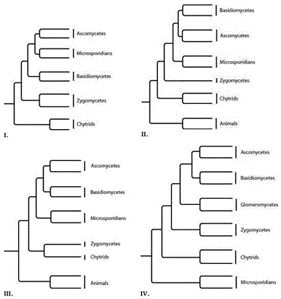#Question id: 10653
#Section 1: Ecology
All offspring are produced in a single reproductive event, we term this pattern semelparity. Which of the following is characteristics feature for semelparity individuals?
a) Semelparity is common in insects and other invertebrates
b) Semelparous organisms may live for many years before reproducing
c) semelparity occur only in plant
d) In semelparity, exploitation competition is more common than interference competition
#Question id: 10654
#Section 1: Ecology
Complete the following hypothetical life table for a bird
What will be population size in next generation?
#Question id: 10655
#Section 1: Ecology
Which of the following statements about the evolution of life histories is correct?
A) Unstable environments with unlimited resources favor r-selected populations.
B) K-selected populations are most often found in environments where density-independent factors are important regulators of population size.
C) Most populations have both r- and K-selected characteristics that vary under different environmental conditions.
D) The reproductive efforts of r-selected populations are directed at producing just a few offspring with good competitive abilities.
#Question id: 10658
#Section 1: Ecology
The accompanying figure shows population growth pattern for two species in the same habitat
Which of the following conclusions hold true?
#Question id: 10660
#Section 1: Ecology
Given below are growth equations where dN/dt is defined as
A. rN
B. rN[(K-N)/N]
With reference to the above equations, which one of the following statements is incorrect?
#Question id: 10661
#Section 1: Ecology
Semelparous species are those that produce all of their offspring in a single reproductive event. The survivorship curve of a population of a semelparous species would most likely resemble which of the following?

